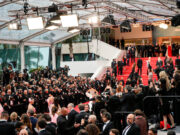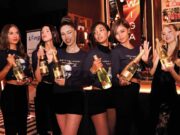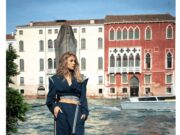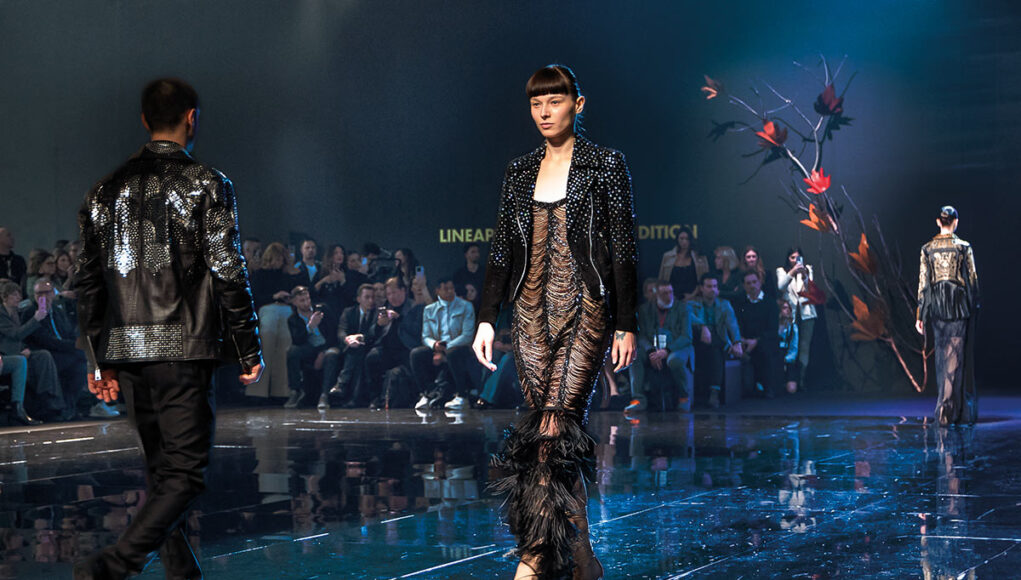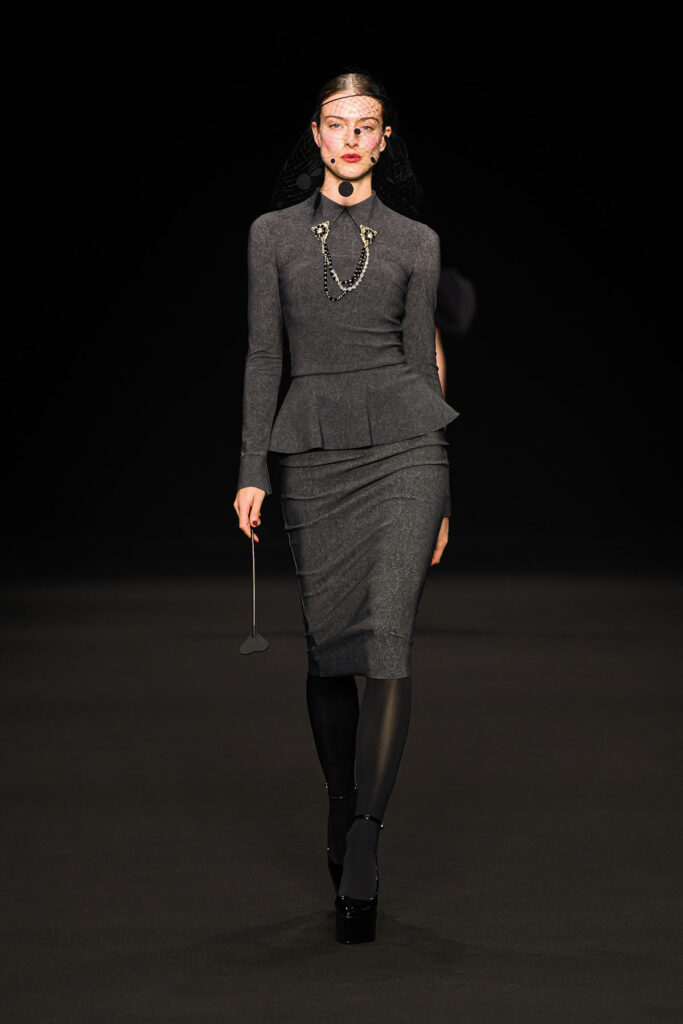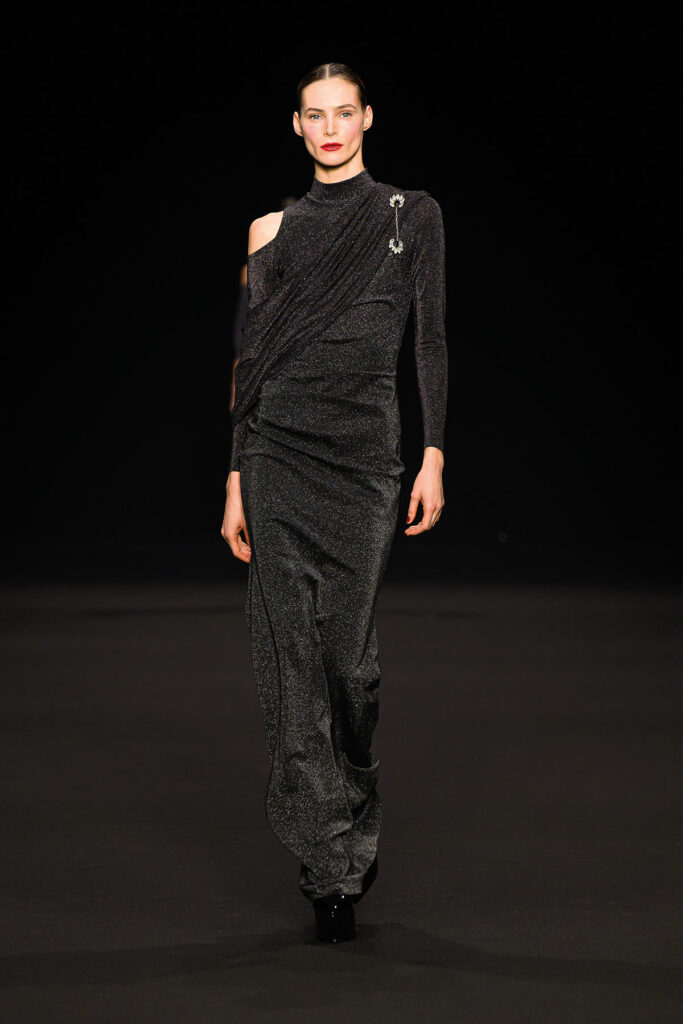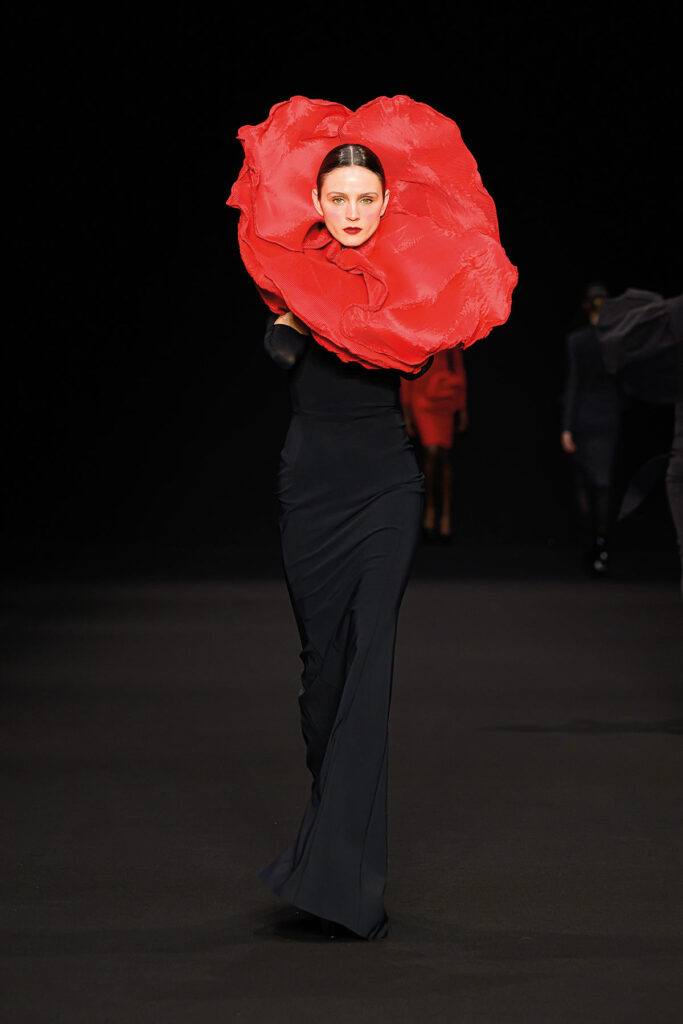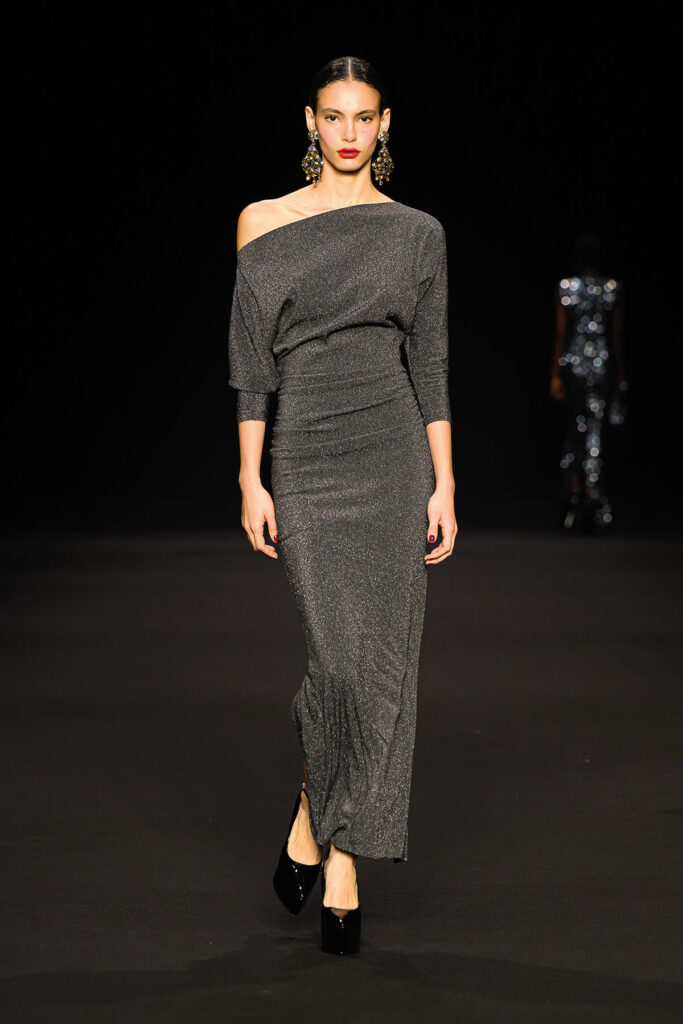From February 20 to 26, 2024, the entire city of Milan was engulfed in the usual excitement brought by the Fashion Week dedicated to presenting the Women’s Fall/Winter 2024-2025 collections. The schedule of events by CNMI proved to be once again very dense, confirming the vibrancy and creativity of a system that managed to offer 56 physical runway shows in just a few days, including two double shows, 5 digital presentations, 67 showcases, and 26 events. Some brands presented both men’s and women’s collections, while many Maisons opted for genderless clothing items not assigned to any specific gender. While we witnessed the confirmed presence of fashion giants, from Giorgio Armani to Prada, including Fendi, Dolce&Gabbana, Versace, and so on, the same cannot be said for younger brands that have become increasingly crucial in the Milan fashion calendar. This year, their absence was notable, including Cormio, Aigner, Boss, Andreadamo, Act N.1, and The Attico. However, for those skipping the round, new players are ready to take the stage, such as Khrisjoy, Cosy Sunday, and Maison Jejia. The Ethiopian-based London designer Feben made her debut within Dolce&Gabbana’s project supporting emerging talents, as well as Sagaboi, a men’s brand founded in 2015 by Geoff K. Coope.
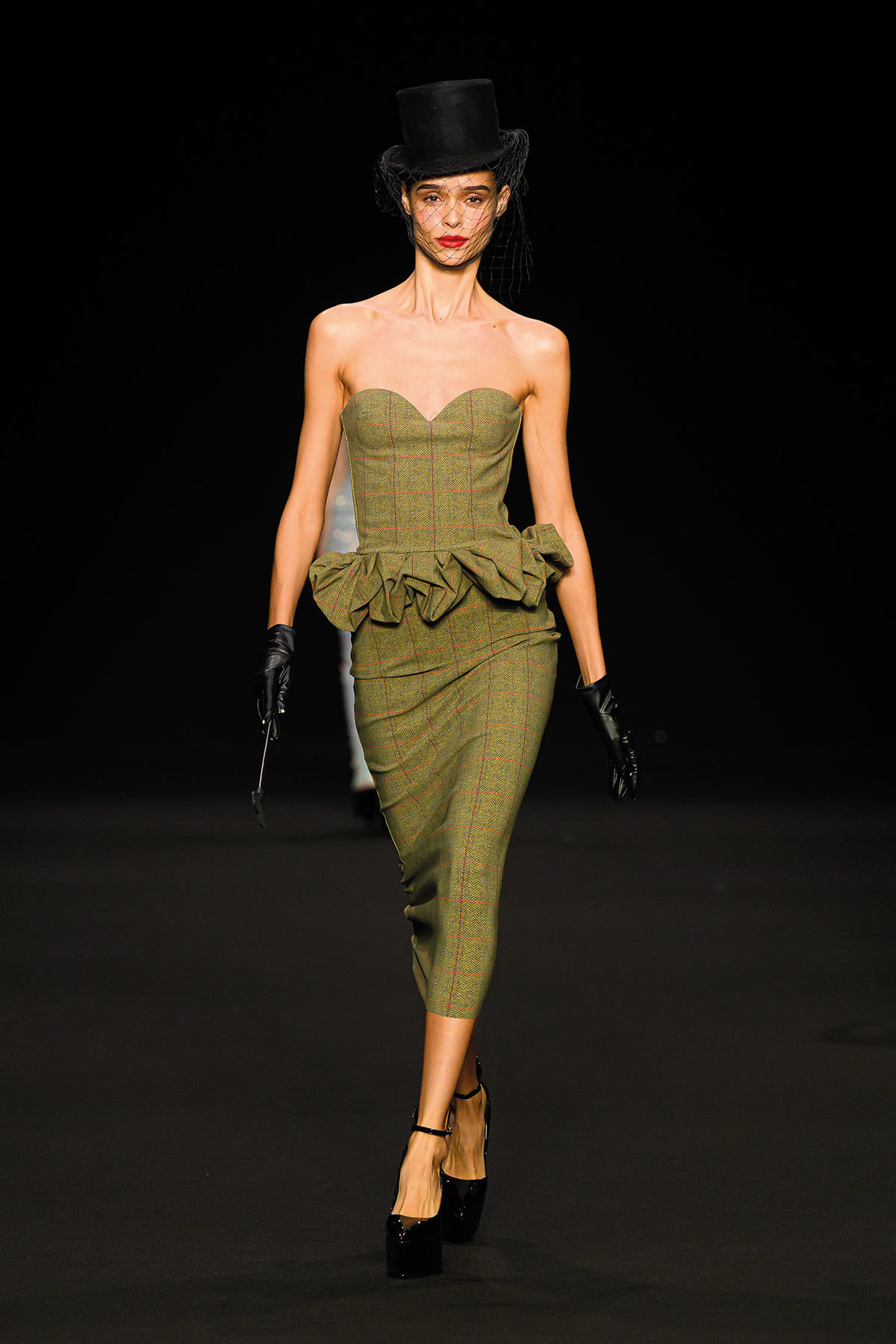
There was great anticipation for significant comebacks, such as Marni (fresh from a global tour) and Elisabetta Franchi, but perhaps even more pronounced was the curiosity for the debuts of the new creative directors of three major Italian ready-to-wear fashion houses, namely Moschino with Adrian Appiolaza, Blumarine relaunched by Walter Chiapponi, previously at Tod’s, now under the guidance of Matteo Tamburini. The Fashion Week officially opened on Tuesday, February 20, at 5:00 PM at Palazzo Giureconsulti with the inauguration of the Fashion Hub by the National Chamber of Italian Fashion, which has always hosted important projects focused on innovation, craftsmanship, and sustainability. However, at 4:30 PM, the “Callas Rock Forever” collection by the renowned designer Anton Giulio Grande captivated all its illustrious guests at Fiera Milano Rho. The show, organized in collaboration with Lineapelle-Unic Concerie Italiane, featured exclusive leather craftsmanship and sensational looks. For the first time in the history of his couture, the designer introduced men’s pieces, such as jumpsuits and shirts, entirely made of leather and embroidery. In his new 2024 collection, Anton Giulio Grande evokes the figure of Maria Callas, a true homage to the icon on the centenary of her birth. “A legendary figure that has deeply impressed me for the modernity of her looks; I worked tirelessly on creating hyper-decorated leather pieces seamlessly transferable from his wardrobe to hers.” declares the designer.
To kick off the CMNI runway schedule, Iceberg took the stage on Wednesday, February 21, a day filled with presentations from various designers, including Antonio Marras and Glenn Martens, who opted for a democratic format for the Diesel show, broadcasting the preparation and the show on the brand’s platforms for all fashion enthusiasts. On the same day, Fendi showcased a mix of inspirations and meticulously researched fabrics by Kim Jones, featuring dark and alluring colors, soft lines, and irresistible accessories. Other notable presentations included Alberta Ferretti, Roberto Cavalli, and Etro, presenting a collection embracing Maison classics from Paisley to shearling jackets, printed dresses, and brocade-effect jackets. Thursday, February 22, brought a day full of emotions, highlighted by the “female army” proposed by Miuccia and Raf Simons for Prada 2024. The runway featured women in agent hats reminiscent of old war films but softened by light pieces sveiled skirts, double-breasted blazers, and jacquard sweaters, concluding with romantic and playful details like bows, cut-outs, fur edges, and frills, in stark contrast to the gendarmerie theme. Emporio Armani’s evocative show titled “Bagliori di notte” on the same day enjoyed great success, featuring a wardrobe primarily designed for the night, adorned with starry embroideries, chains, and rhinestones. The collection included soft lines, maxi coats, balloon skirts, micro vests, and blouses with bows.

The debut of Moschino’s new Creative Director, Appiolaza, presented a refined runway enriched with historical references, including trompe-l’oeil prints, lettering T-shirts, question marks, bow ties, maxi polka dots, and pearls, all made contemporary for an easily wearable wardrobe. Peter Hawking’s creative mind at Tom Ford gave rise to interesting outerwear pieces such as cabans and furs, as well as luminous mini dresses in nude tones dotted with sequins and metallic glows. Friday, February 23, began with Tod’s, presenting a renewed urban-bourgeois look under the direction of the new creative director Tamburini, characterized by precise and rigorous tailoring, as evident in straight-cut trousers with pleats, draped tops, and structured knitwear covered by black coats and leather trench coats. Gucci, under the creative direction of De Sarno, drew inspiration from the wardrobe, ranging from oversized jackets and polo sweaters with high cuissardes to eveningwear with side-slit bustier dresses, semi-transparent lace micro dresses, flared skirts, and assembled twinsets.
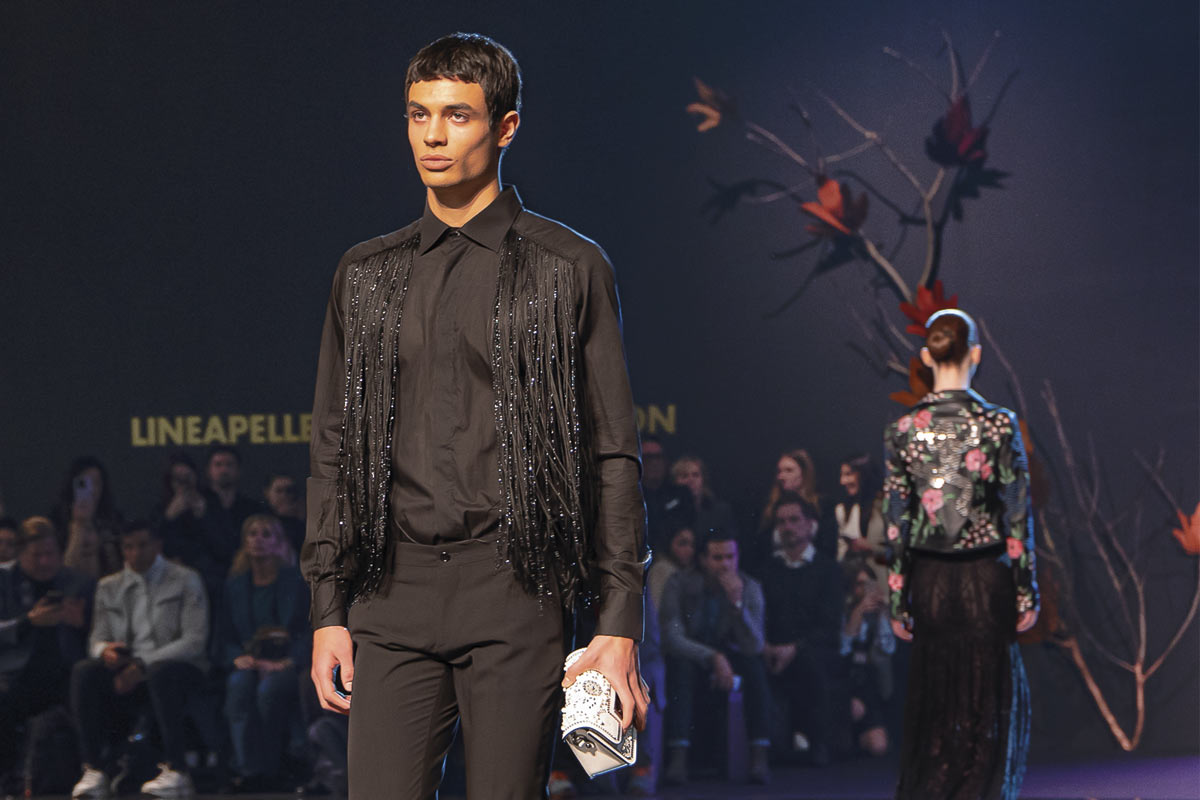
Remarkable were the men’s coats adorned with crystals and sequins or inlaid black leather cabans. Versace’s runway showcased a vibrant and rebellious woman expressing her awareness through tweed miniskirts in bright colors, sheer shirts, red mini dresses, essential dresses with white collars, and leather midi skirts. Accessories played a crucial role, featuring eccentric shoes or plongé leather bags. Walter Chiapponi’s debut at Blumarine revealed a return to past brand themes revisited with an even more romantic touch. Lingerie-style coats and mini dresses, floral and animal prints, and innovative leather pieces like logo shirts and colored overcoats graced the runway. The fourth day of the Fashion Week was dominated by Dolce&Gabbana, centering their collection on the reinterpretation of the tuxedo, making it an elegant garment capable of enhancing the femininity of any woman. Simple and strict lines characterized slip lace dresses paired with veiled black tights, net headpieces, and visible lingerie. Sunday, February 25, featured an enchanting runway by “The King” Giorgio Armani, a master of elegance who offered a daydream in the marvelous world of nature with flowers as protagonists. Roses, camellias, tulips, and vividly colored calla lilies adorned elegant dresses in velvet, satin, organza, and leather, in shades of gray, black, and midnight blue. On the same day, Luisa Spagnoli, Chiara Boni La Petite Robe, and Francesca Liberatore presented their creations, with Boni alternating tartan and plaid patterned pieces with traditional tailored prints, creating a contrast with feminine figures, and Liberatore closing with an inclusive event at the Milan Conservatory, featuring a concert of strings and percussion as a backdrop to a grunge romantic runway with tartan, floral patterns, and shiny finishes.
By Deborah Chiappini (Photos: Giuseppe Marchione)


